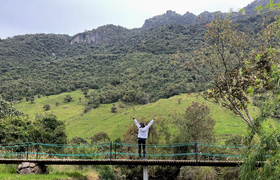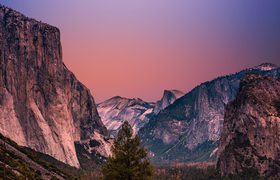
Wander the ancient and new wonders of the world
From the lost Colossus of Rhodes to the sandstone cliffs of Petra, the ancient and modern wonders of the world speak to the cultural forces that have shaped civilizations across history
A collection of marvels as architecturally impressive as they are culturally resonant, the new and ancient wonders of the world shine a spotlight on the legacies of the past and illuminate the places where legend and history converge. To stand before a wonder of the world is to contemplate grandeur and to remember that behind every temple, tomb, and citadel were people seeking permanence in a world defined by change.
These monuments transcend eras and empires, carrying with them the stories of the societies that built them. The remaining wonders of the world continue to define the heritage of entire nations, collectively attracting millions of visitors. But what is the difference between the ancient wonders of the world and the new wonders of the world, and which of these incredible human feats are still standing now? Let’s take a look.
What are the wonders of the world?
Compiled during the Hellenistic era and noted in poetry and art, the ancient wonders of the world celebrated structures that embodied the pinnacle of innovation for their time. Lists appeared as early as the 5th century BC and featured masterpieces such as the Great Pyramid of Giza and the Mausoleum at Halicarnassus. Sadly, the majority of these wonders have now been lost.
While they present exceptional feats of craftsmanship, the collection represented only the locations known to Greek travellers, who passed through Egypt, Persia, and Mesopotamia. It was not until some 2,000 years later that a global list would be compiled through an online voting campaign that engaged millions of participants. Initiated by the New7Wonders Foundation, the new list aimed to showcase the most impressive world heritage sites on Earth today.
The ancient wonders of the world
Which of the ancient wonders can still be seen? Most have been destroyed by earthquakes, erosion, fires, and looting, with only the Great Pyramid of Giza left standing. Nevertheless, traces remain in the form of fragments and ruin sites, places where travellers can walk in ancient footsteps and imagine the splendour that once was.
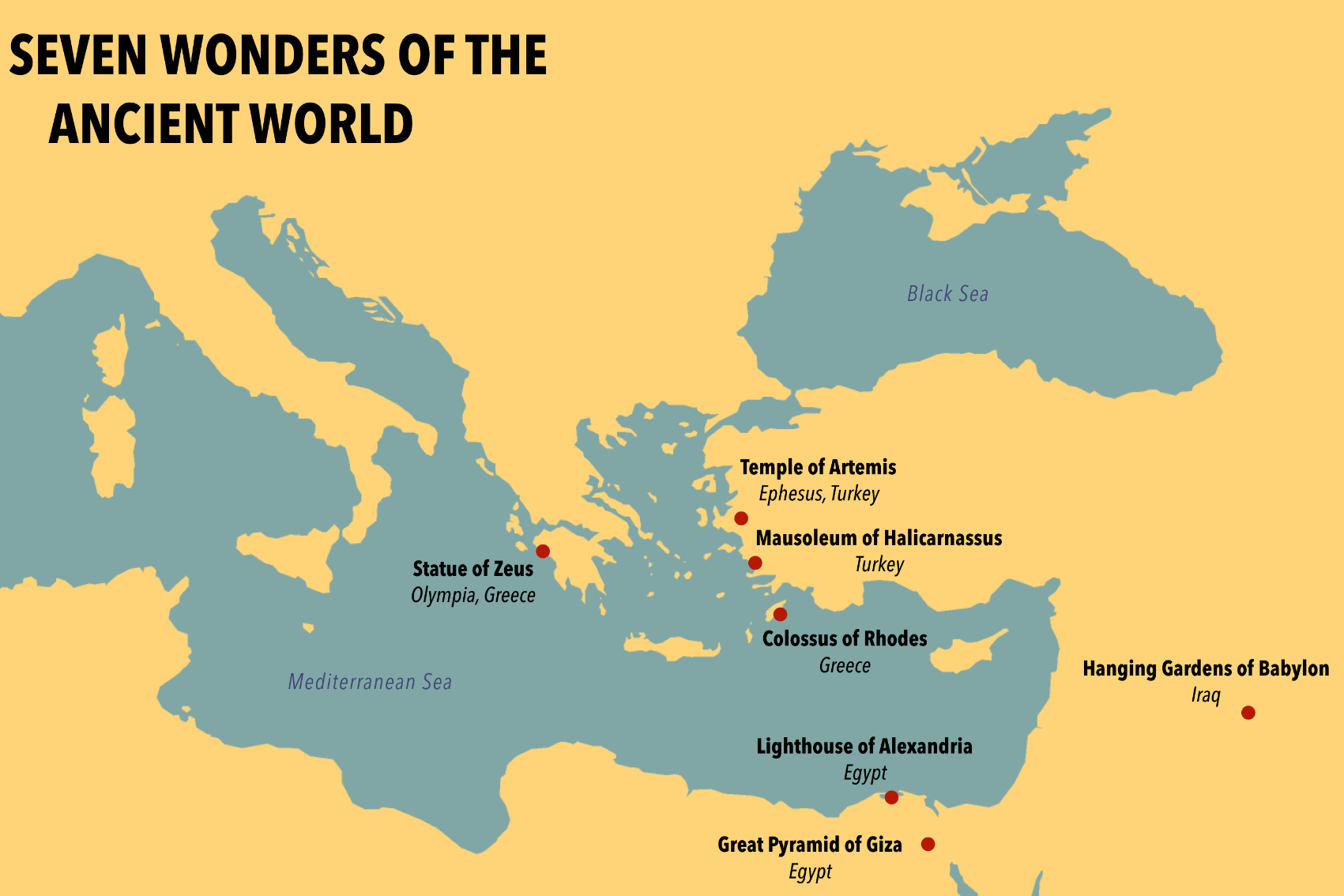
1. Great Pyramid of Giza
By far the oldest of all 14, the Great Pyramid of Giza is a must-see landmark in Egypt and is also the last of the ancient wonders still standing today. Dating back some 4,500 years, this incredible structure stretches 138m (452 ft) into the sky and is composed of more than two million stone blocks. Though construction techniques have long been debated, its majesty remains unchallenged, not least because of the precious relics found within or its mind-blowingly accurate alignment to cardinal points.
How to visit
Take a guided tour to the Giza Plateau and the Great Sphinx, or better yet, combine it with a Nile cruise to explore iconic centres like Luxor and Alexandria.
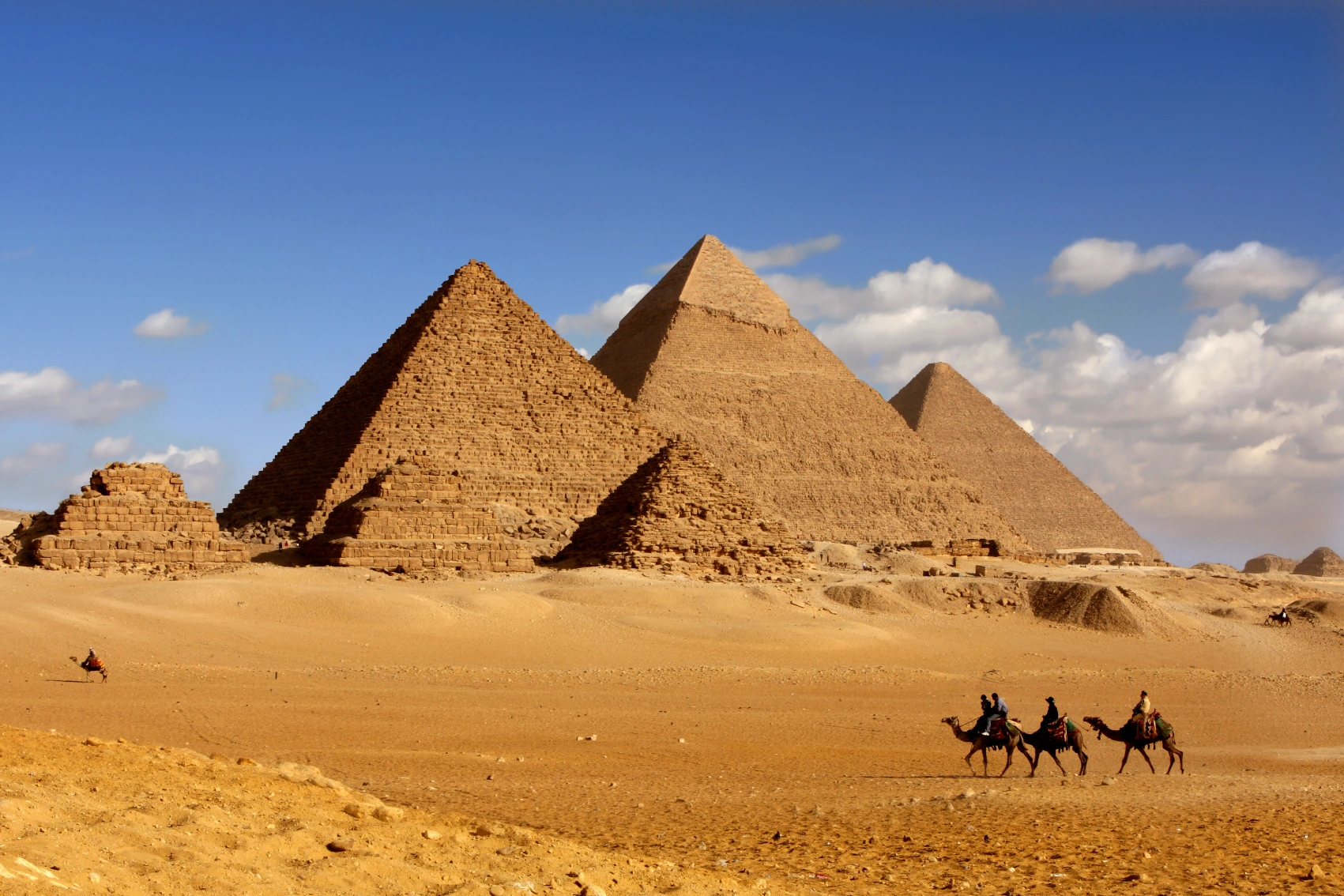
Experience it for yourself on: Best of Egypt
2. Hanging Gardens of Babylon
If the Great Pyramid wins the prize for the oldest wonder of the world, the Hanging Gardens of Babylon come first for mystery. They are rumoured to have been built in the 6th century BC by King Nebuchadnezzar II, but there is no definitive archaeological evidence that the site ever existed. Descriptions from ancient writers, however, depict a lush agricultural marvel with trees, foliage, fruit, and flowers fed by ingenious irrigation networks (most likely waterfalls).
Can I visit?
While many argue that this wonder is more myth than reality, the ancient city of Babylon is a UNESCO World Heritage site and can be found in modern-day Iraq near the town of Hillah. Check government guidance if considering travel.
3. Statue of Zeus at Olympia
Imagine standing in the Temple of Zeus, one of Greece’s most sacred sanctuaries, and beholding the commanding gaze of a 12m (40 ft) giant. A masterpiece of the renowned sculptor Phidias, the colossal statue of the Greek god Zeus seated on a golden throne is believed to have evoked awe and fear in anyone who saw it. The masterpiece was likely destroyed in a fire in AD 426, though its fate remains a matter of debate. Some accounts cite an earthquake that damaged the temple, while others suggest it was later destroyed in a different fire after being transported to Constantinople (modern-day Istanbul).
What is left?
Though no trace is left of the figure, it is possible to visit the archaeological museum at modern-day Olympia. Housing an impressive mix of artifacts and discoveries from nearby areas, including the site of the ancient Olympic Games, it’s one of Greece’s most significant museums.
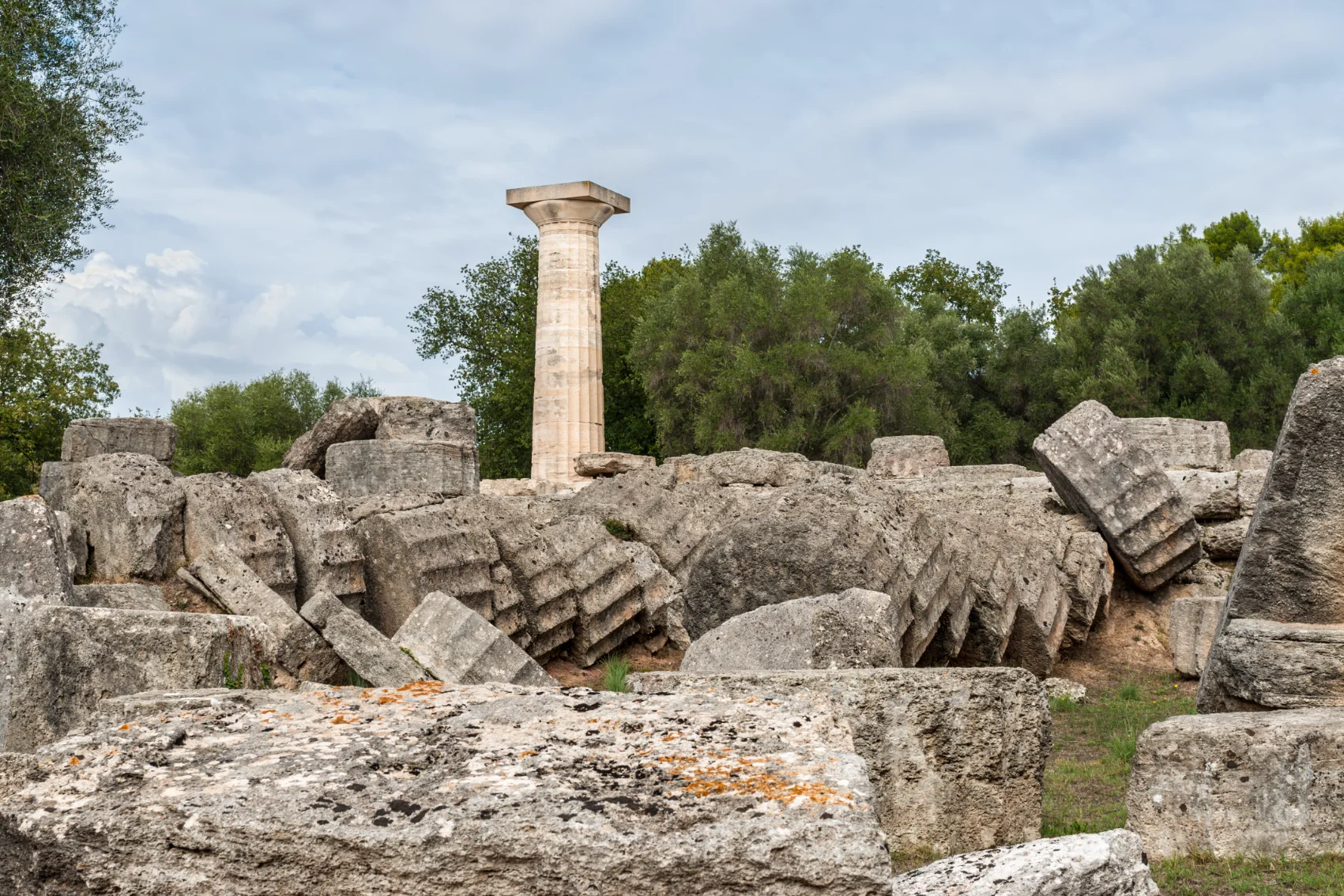
Find remnants of ancient Greece on: Journeys: Classical Greece and Her Island Jewels
4. Temple of Artemis at Ephesus
Located in modern-day Selçuk in Turkey, the Temple of Artemis was believed to have been one of the grandest structures of all antiquity. First built around 550 BC, it towered 115m (377 ft) high and boasted more than 120 Ionic columns. Though it suffered damage and destruction, it was rebuilt multiple times and was noted by ancient visitors to be more magnificent than any other wonder of the age. The temple was dedicated to Artemis, the Greek goddess of the hunt, and was decorated with exquisite artworks, including paintings and sculptures. It remained a place of worship until its destruction by arsonist Herostratus.
Can I visit?
You can visit the Ephesus archaeological site in southwestern Turkey and view the foundations and remaining columns. You can also see discoveries from the site’s excavation at the British Museum in London.
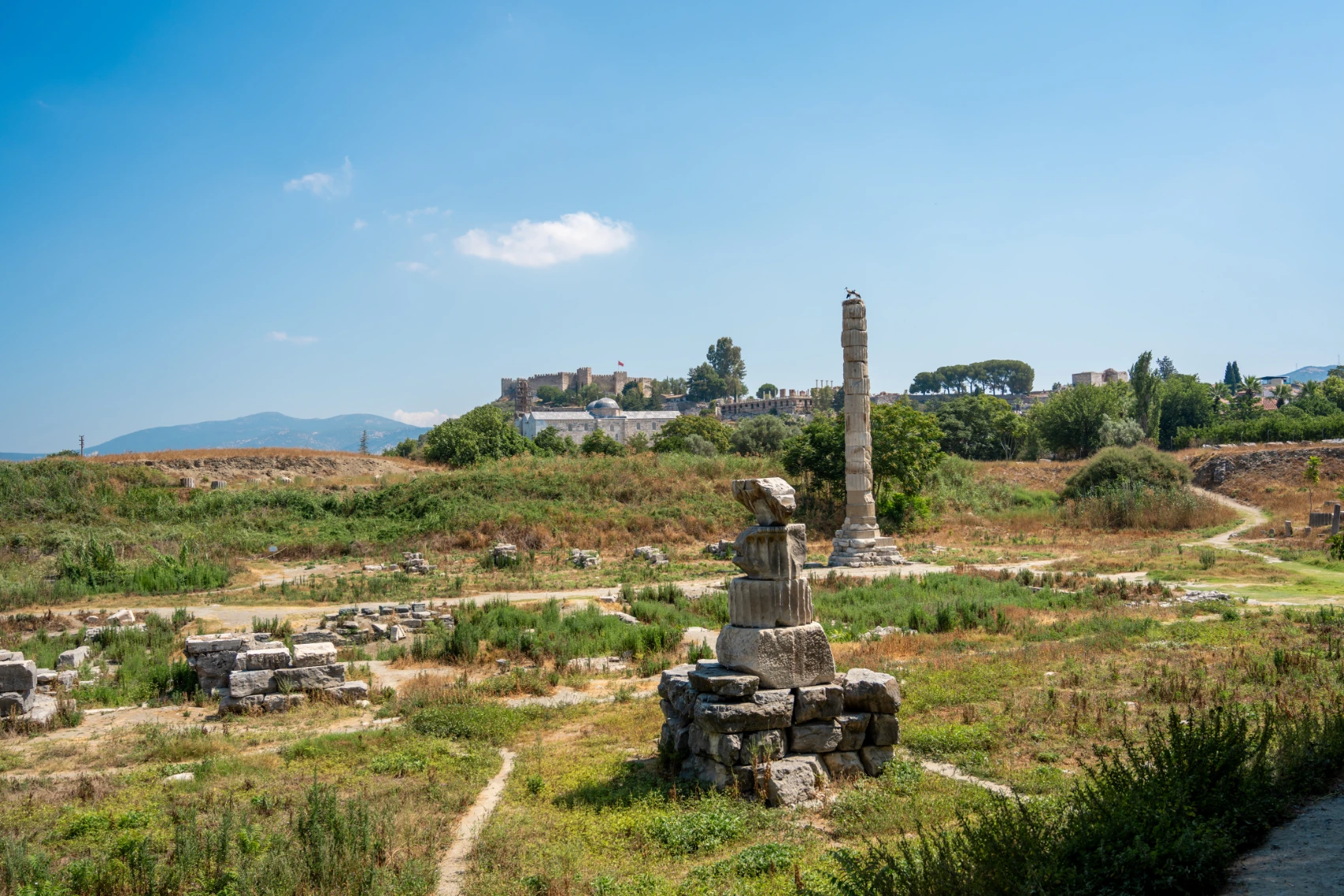
Visit Turkey on: Highlights of Turkey
5. Mausoleum at Halicarnassus
Designed by Greek architects Satyrus and Pythius, the Mausoleum of Halicarnassus was a monumental tomb made for Mausolus, the ruler of Caria. It was commissioned by his wife, and it was so impressive that the word "mausoleum" was thereafter adopted as a term for important burial places. The building stood on a podium and reached 40m (131 ft) in height, and it was richly decorated with marble statues and sculptures of varying styles. After surviving for centuries, it was destroyed by a series of earthquakes.
What can I see?
It’s possible to visit the foundations and scattered fragments of the Mausoleum at Halicarnassus in modern-day Bodrum, Turkey. Associated sculptures of Mausolus and his wife Artemisia, as well as marble relief slabs and fragments of a four-horse chariot, are also viewable at the British Museum in London.
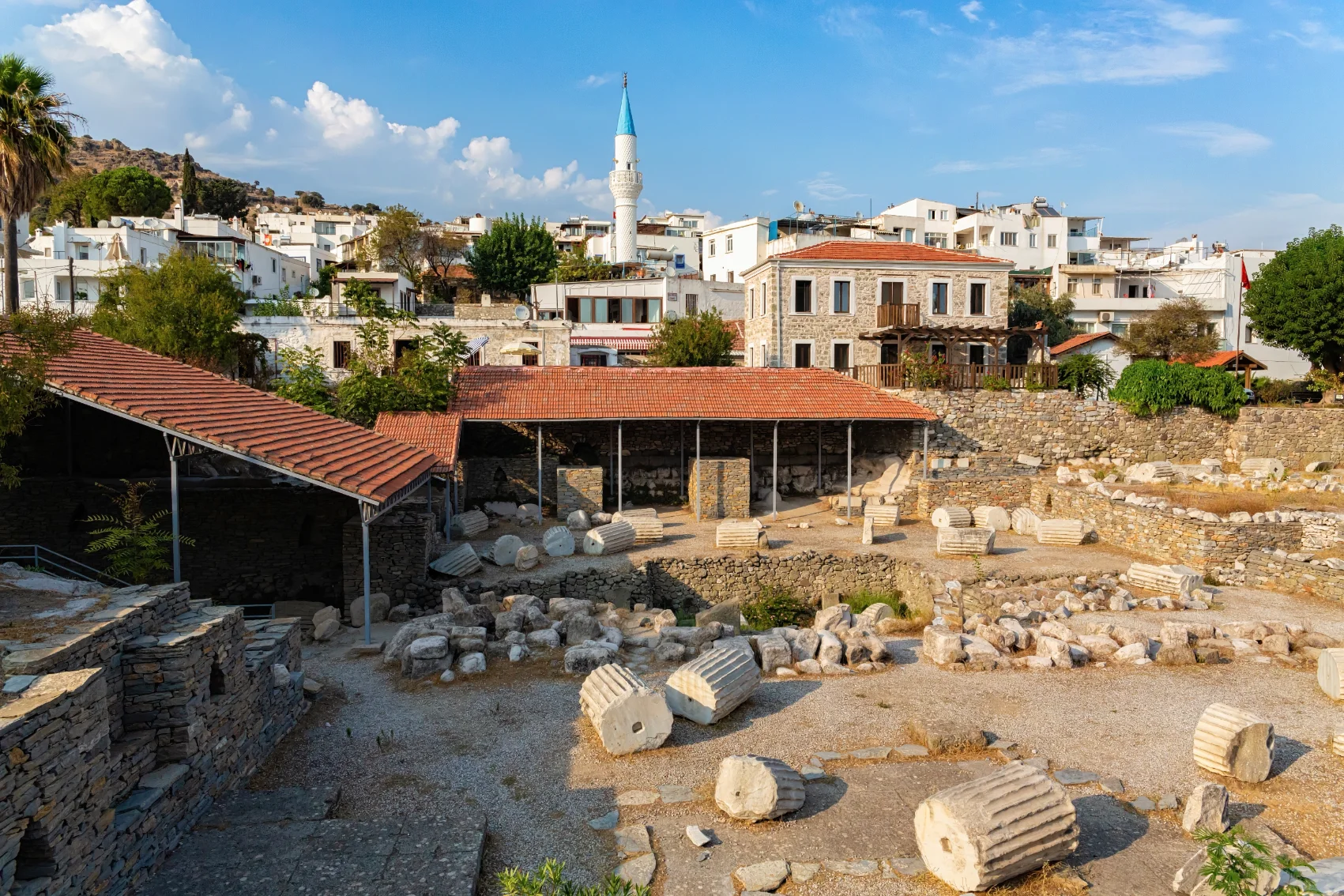
6. Colossus of Rhodes
If you were to approach the ancient city of Rhodes shortly after 280 BC, you’d surely be overcome by the sight that greeted you: an enormous bronze statue of the sun god Helios emerging like a giant on the horizon. Constructed to celebrate victory over the invasion of the army of Demetrius, it stood for a mere 56 years before snapping at the knees and plummeting to the island during an earthquake. The remains were said to have attracted visitors for nearly a millennium, but they were eventually melted down, repurposed, sold, and distributed as scrap metal, so no physical fragments remain today.
Can I visit?
The Colossus of Rhodes is believed to have stood near the Mandraki Harbour or on the site of the Temple of Helios (now home to the medieval Palace of the Grand Master). A trip to Rhodes offers the opportunity to contemplate where one of antiquity’s greatest structures once dominated the skies.
Set off on an island adventure on: Highlights of the Greek Islands
7. Lighthouse of Alexandria
Built in about 280 BC, the Lighthouse of Alexandria reached some 107m (350 ft) and was among the tallest human-made structures of its time. Charged with guiding sailors along the Egyptian coast, it made use of mirrors and fire to ensure visibility both by day and night, and its shape became the archetype for the iconic lighthouse design we know today.
What can I see?
While the lighthouse itself is no longer visible, it is possible to visit the Citadel of Qaitbay (also known as Qaitbay Fort) located on the Mediterranean coast of Alexandria in Egypt, which was built on the lighthouse’s foundations. Excitingly, archaeologists have also discovered submerged ruins in the harbour, and it is possible to scuba dive to see these.
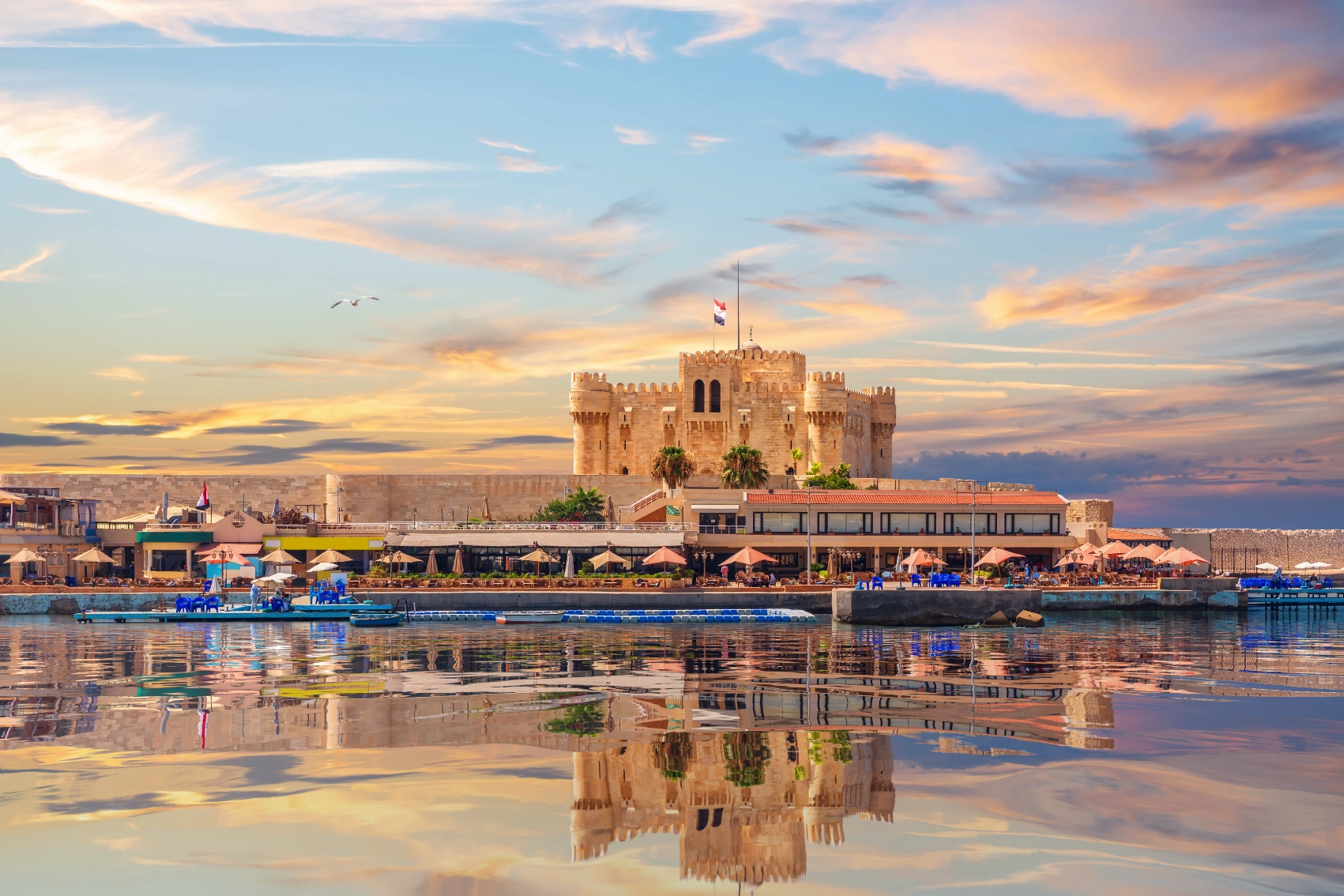
Experience it for yourself on: Wonders of Egypt and the Nile
The new wonders of the world
While most of the ancient wonders now exist only in legend or as fragments, the new wonders of the world remain standing, inviting millions each year to behold some of the world’s most remarkable landmarks.
8. Great Wall of China
An unfathomably intricate series of fortifications built into the historical borders of ancient Chinese states, the Great Wall of China is too large to behold in a single viewing. Its vastness unfolds gradually, snaking through mountains, hills, countryside, and forested valleys and stretches more than 21,000km (13,000 mi) in length. Dating from the 7th century BC, the wall protected China from northern invasions and continues to serve as an enduring symbol of ingenuity and power.
How to visit
Remember that the Great Wall of China is in fact not one but multiple walls, which were all built at different times. With this in mind, aim to visit a few sections across several provinces so that you get a better understanding of the scale of the structure and see a mix of original and reconstructed material. Spring and autumn offer good light and pleasant temperatures, but go in early winter if you want photos on the wall alone.

Experience it for yourself on: Ancient China
9. Petra, Jordan
Nestled between the Red Sea and the Dead Sea, the ancient city of Petra in modern-day Jordan was an important gateway between Egypt, Syria-Phoenicia, and Arabia. Partly built and partly carved into sandstone, this iconic site dazzles visitors with its rose-red facades, hidden passageways, dramatic cliffs, and towering landmarks. The most famous of these are the Treasury and Monastery, colossal rock-cut structures that fuse architectural brilliance with the raw grandeur of nature.
How to visit
The Petra complex is vast and can be challenging to navigate. Budget more than one day for exploration, and maximize your experience by going with a knowledgeable guide. Start early and be prepared for a lot of walking. You can also return to see the Siq and the Treasury speckled with candlelight if you pre-book a Petra by Night option.
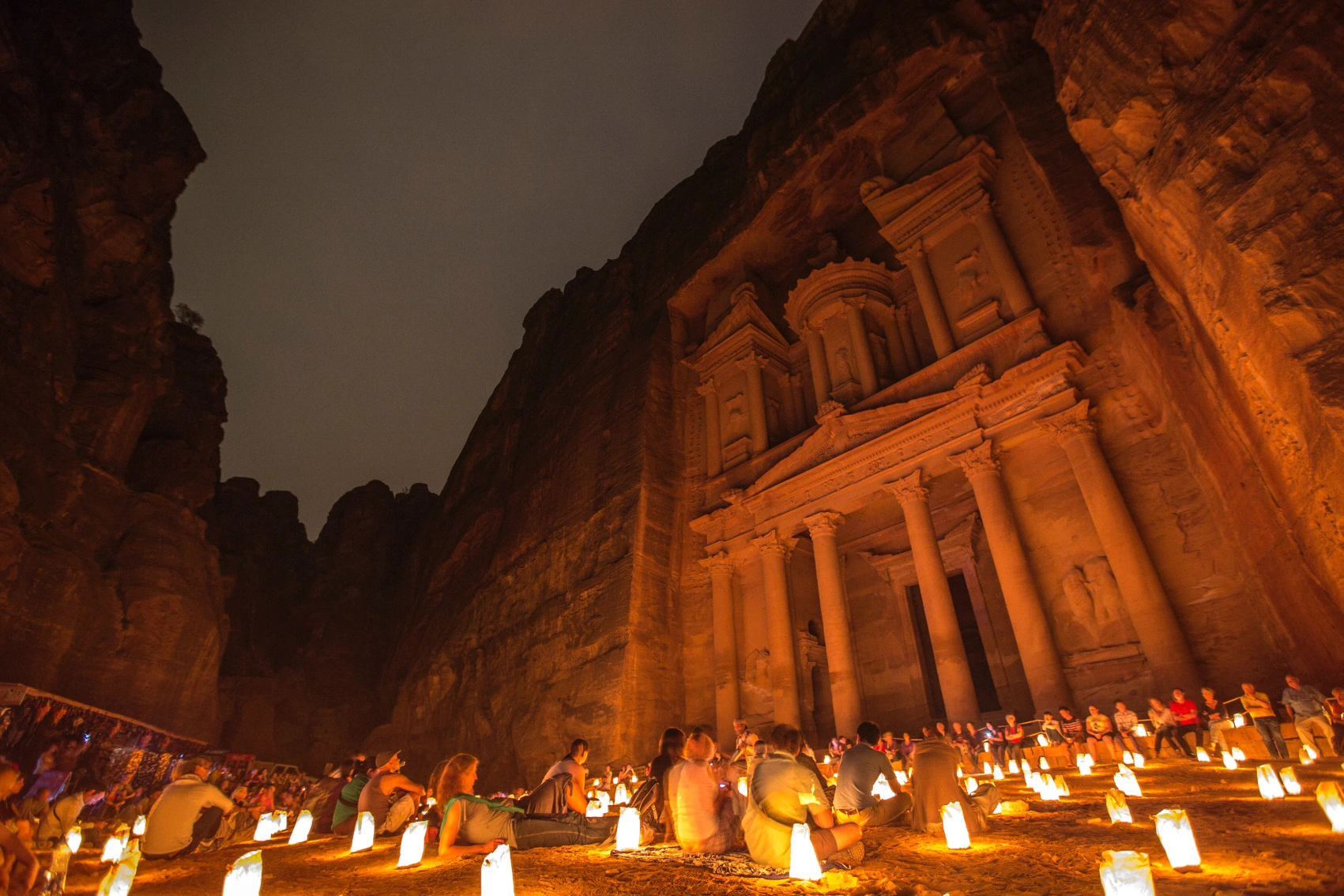
Experience it for yourself on: Highlights of Jordan
10. Christ the Redeemer, Brazil
A majestic statue built onto the summit of Corcovado Mountain in Rio de Janeiro, Brazil, Christ the Redeemer is known worldwide for its commanding presence and sweeping embrace. Designed by French sculptor Paul Landowski and completed in 1931, it’s by far the youngest of the wonders, and its iconic Art Deco style has left an enduring imprint on popular culture. Excluding its pedestal, it stands 30m (98 ft) tall, while its position some 700m (2,310 ft) high offers visitors sweeping panoramic views over the city and out into Guanabara Bay.
How to visit
The best time to visit is during the low seasons (April to June or August to November). Aim for as clear a day as possible. To reach the site, take the 20-minute train through Tijuca Forest, and be sure to catch the first one of the day.

Experience it for yourself on: Iguassu & Beyond
11. Machu Picchu, Peru
A UNESCO World Heritage site perched high in the Andean cloud forests in Peru, Machu Picchu is an incredible citadel and a testament to the engineering mastery of the Inca civilization. Dating from the 15th century and situated 2,430m (7,972 ft) above sea level, it unfolds in a landscape of drifting mists and jagged peaks, a timeless city suspended in the sky.
How to visit
Reaching Machu Picchu can be as much about the journey as the destination itself. If you’re no stranger to hiking (particularly at altitude), opt for the Inca Trail or Salkantay Trek. If not, connect from Cusco to Ollantaytambo and take a train to Aguas Calientes. Either way, secure your tickets in advance.
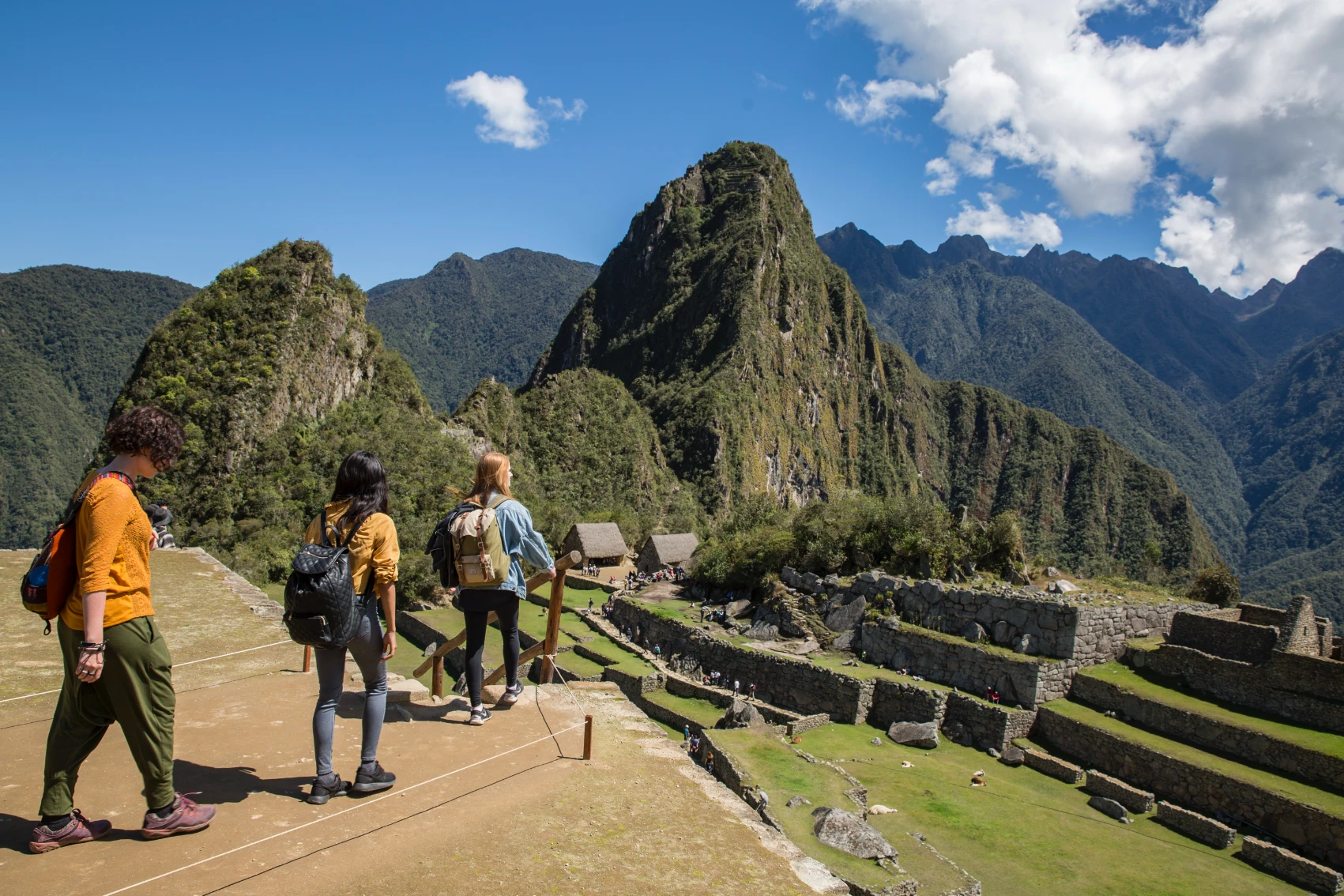
Experience it for yourself on: Trekking the Inca Trail: 5D/4N
12. Chichén Itzá, Mexico
Located in Mexico’s Yucatán Peninsula and once a major political, economic, and cultural centre for the ancient Maya, Chichén Itzá remains one of the most important archaeological sites in the Americas. It’s also home to the formidable El Castillo step pyramid, an iconic Mesoamerican structure, as well as the Great Ball Court and the Temple of the Warriors. Together, these monuments reveal the Maya’s fascination with astronomy and ritual.
How to visit
Visit Chichén Itzá as a day trip from major hubs like Playa del Carmen, Mérida, or Cancún. Avoid summer (June to September) because this time of year is both the hottest and rainiest and brings intense humidity. To witness the phenomenon of the serpent shadow descending the pyramid steps, visit during the equinox.
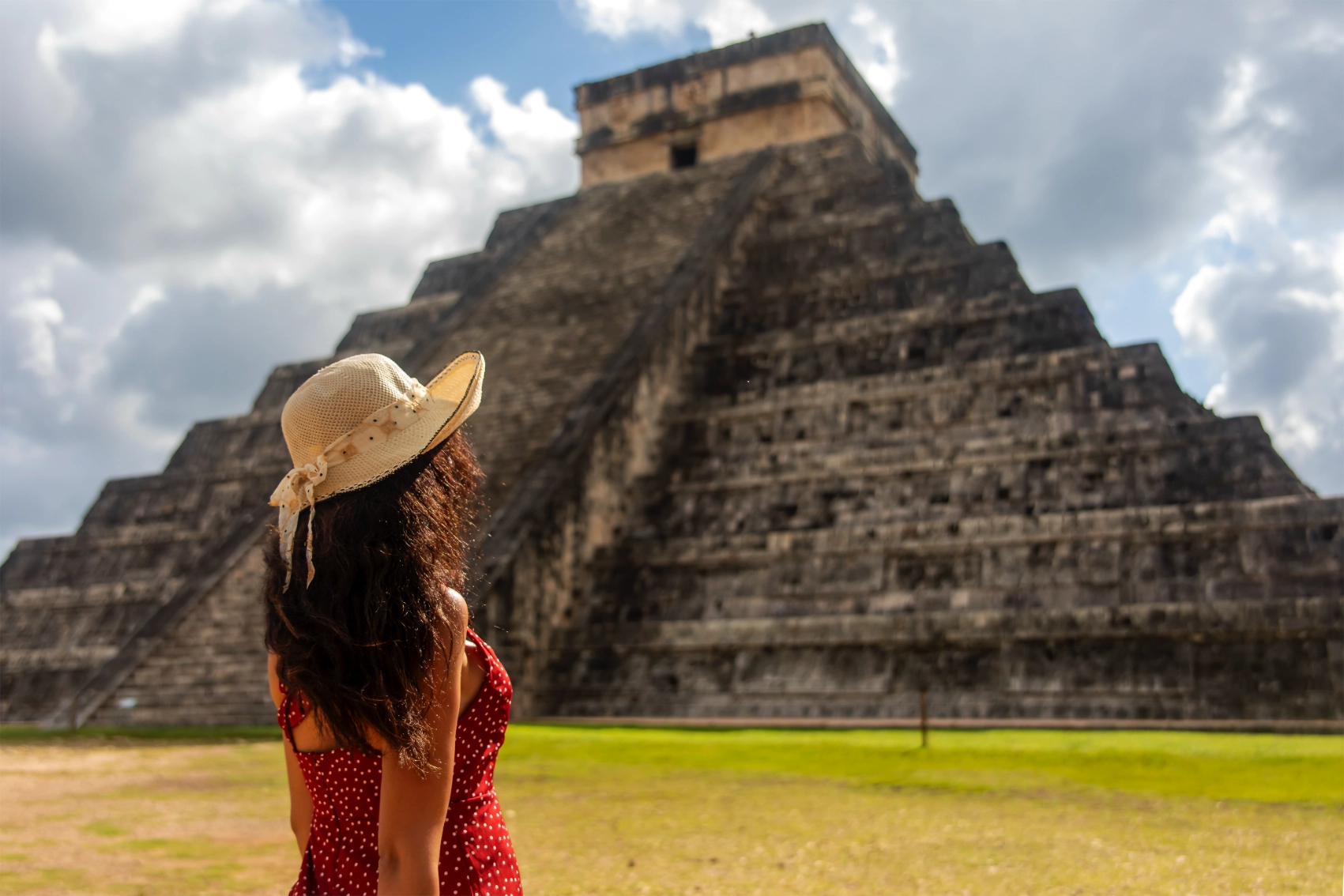
Experience it for yourself on: Highlights of the Yucatán
13. Colosseum, Italy
The only new wonder located in Europe, the Colosseum is the most visited monument in Rome, Italy, and offers an insight into Roman history and culture. It’s also the largest standing amphitheatre ever built, with a seating capacity of about 50,000 people. Completed in AD 80, it clocks in at just under 2,000 years old and remains remarkably well preserved despite suffering considerable damage because of fires and earthquakes.
How to visit
The Colosseum is easy to access using public transport in Rome, reachable by metro, multiple bus lines, and tram. It’s also located centrally in the city, which is walkable. If you’re a history buff, combine it with a visit to the Roman Forum located nearby.
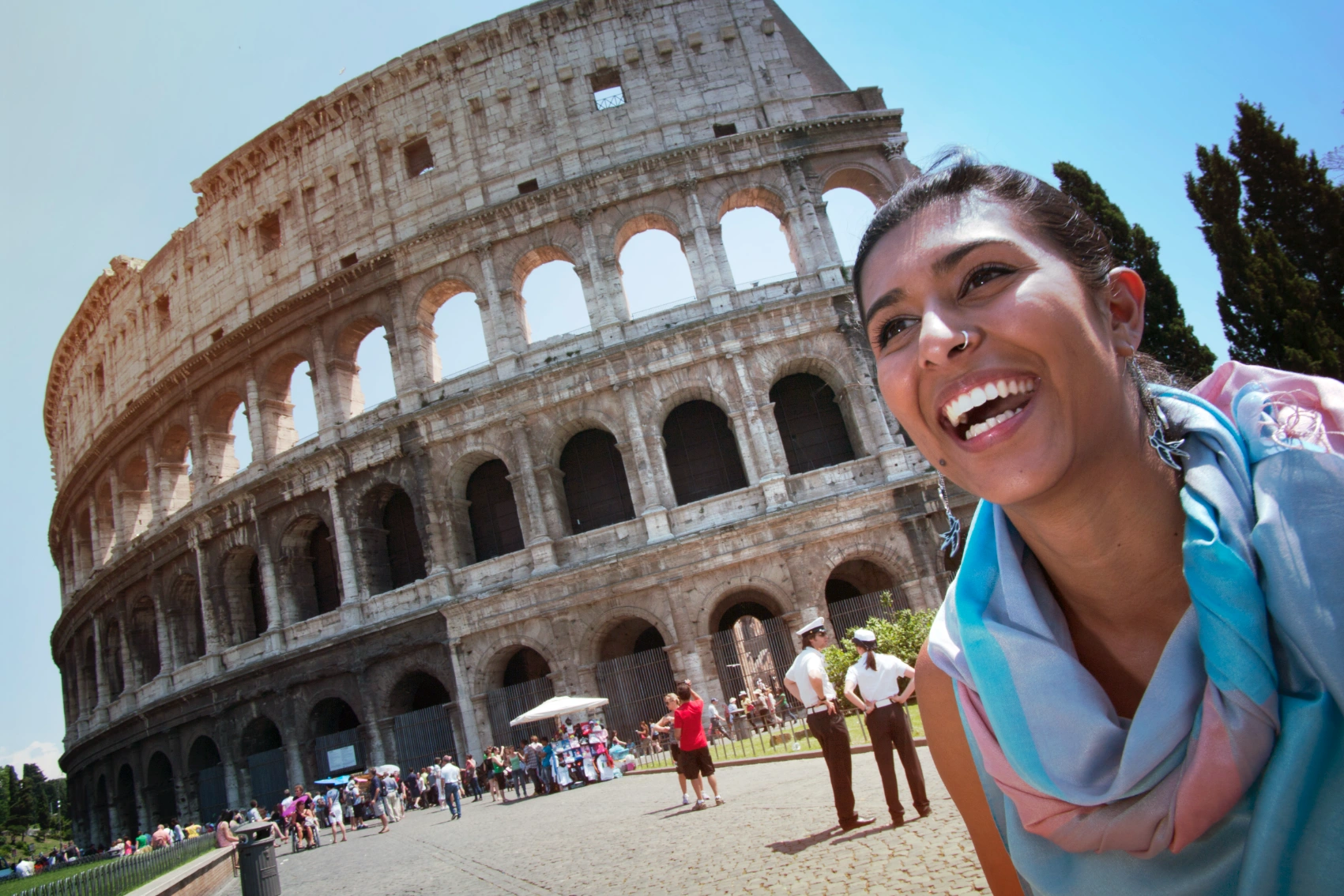
Experience it for yourself on: Highlights of Italy
14. Taj Mahal, India
Built by Mughal emperor Shah Jahan between 1632 and 1653 as a mausoleum for his third wife, the Taj Mahal in Agra, India, is an impossibly intricate masterpiece of white marble and precious stones, and it's often considered to be the most beautiful building in the world. Its perfect symmetry and hues that shift with the sun have long captured the imagination of visitors, who arrive in their millions every year to see it firsthand. A blend of Indian, Islamic, and Persian styles, it’s revered for being a pinnacle of Mughal architecture, and its use of domes, symmetry, minarets, and marble has inspired countless buildings across East and West.
How to visit
Fly to Delhi and make a connection to Agra. When booking tickets, be mindful of time of day and month because the site is closed on Fridays and night viewings are available only during the full moon. Arrive for sunrise for fewer crowds and for a fuller appreciation of how the tones change in different lights.
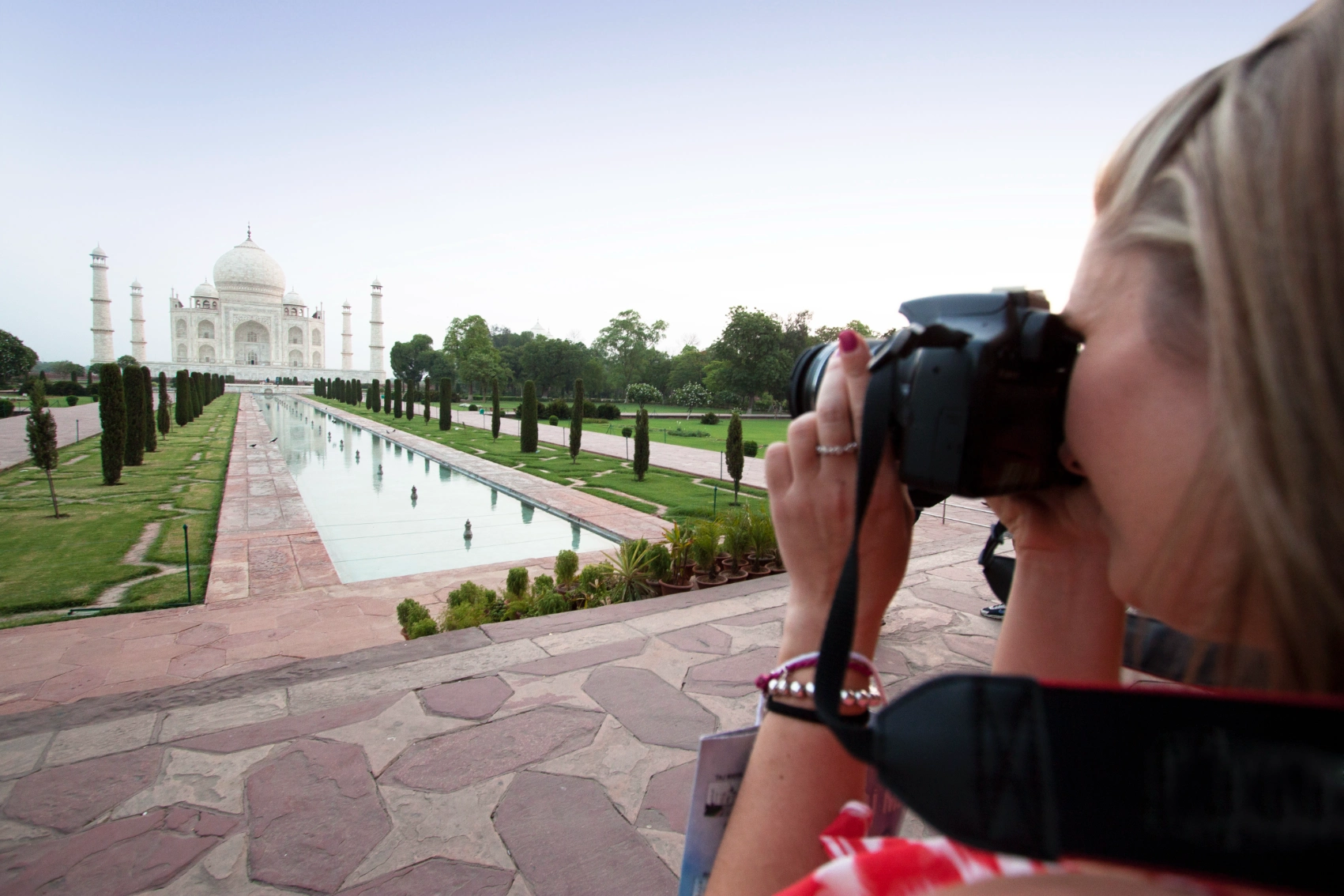
Experience it for yourself on: Golden Triangle
